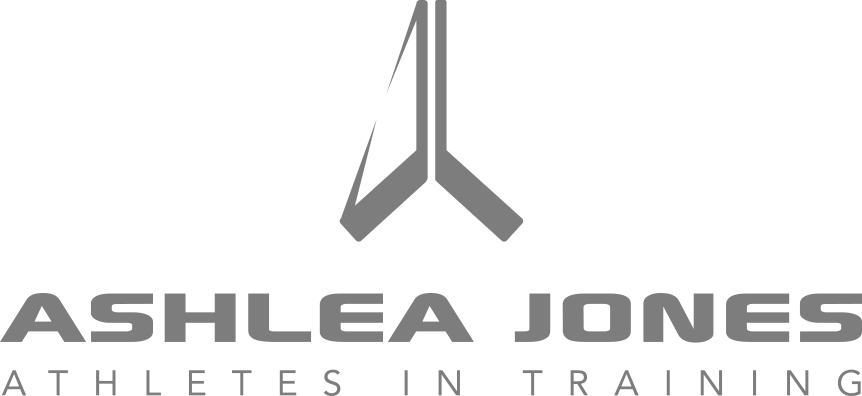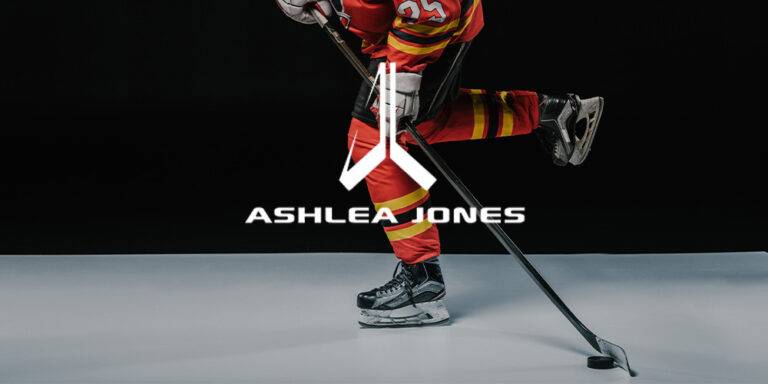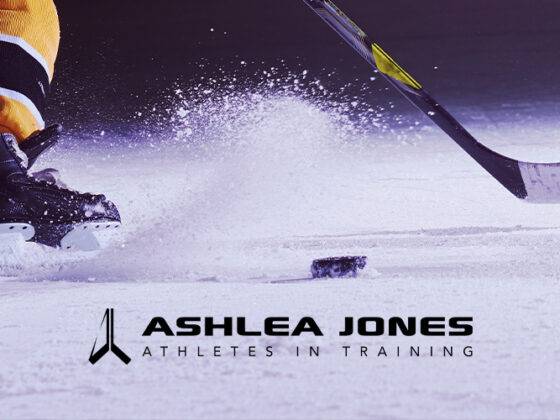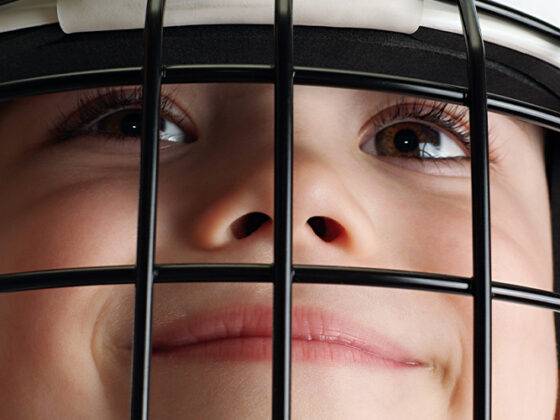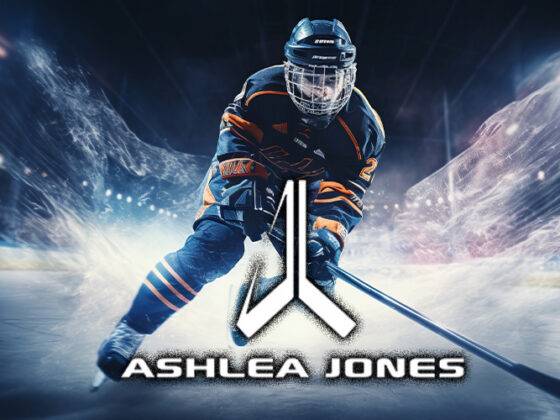Why Specialized Development Matters in Every Sport
I’ve been coaching hockey players for years now, and there’s this pattern I keep seeing that honestly drives me crazy. It’s so predictable that I can almost call it before the season even starts.
Picture this: A player comes to me in April, right after their season ends. They’re frustrated. Their coach told them they need to work on their skating. They’re motivated, they’re hungry, and they commit to putting in the work.
So we design a plan. We focus on their skating all summer long. Edge work, quickness, stride mechanics, transitions, stops and starts – the whole package. They show up consistently, they listen, they push themselves. And you know what happens?
They have an incredible season.
Their confidence is through the roof. They’re making plays they never could before. They’re keeping up with faster players. Everything just clicks. They are thrilled, their coaches are impressed, and the player feels like they’ve finally unlocked something. But then something interesting happens the following spring.
When I approach them about summer training again, suddenly there are excuses.
“It is hard fitting it into my schedule.” “I think once a week is good this year.” “I am doing some skating with my gym program and they incorporate puck.”
And here’s where it gets frustrating – more often than not, that next season doesn’t go as well.
Now, I’m not saying skating is the only factor. There are always variables – new competition, different coaching systems, injuries, different line mates. Hockey is complex. But I’ve seen this cycle repeat itself so many times that I can’t ignore the pattern anymore.
The Comfort Zone Trap
What I think happens is success breeds comfort, And what we do isn’t comfortable, that’s not our job, our job is to make you uncomfortable and improve on the finer details so we see result. When players see immediate results from dedicated skating work, they assume they’ve “fixed” that part of their game permanently. It’s like they check skating off their to-do list and move on to the next thing.
But here’s what every scout, GM, and agent I’ve talked to tells me: skating is never finished. It’s the foundation that everything else in hockey is built on. Think about it – you can have the best shot in the world, but if you can’t get into position to use it, what good is it? You might read the game like Wayne Gretzky, but if you can’t get to where you need to be fast enough, you’ll always be one step behind.
Learning From Other Sports
This got me thinking about other sports and how they approach skill development.
Take golf, for example. You don’t see golfers saying, “I worked with a swing coach last year, so I’m good on that now.”
Professional golfers have swing coaches, putting coaches, short game coaches, mental performance coaches, fitness coaches – sometimes all at the same time. They understand that each aspect of their game needs constant attention and refinement.
A Tour player might work with their swing coach for years, constantly making micro-adjustments and staying sharp. They know that taking time away from fundamentals doesn’t make them better at other parts of the game – it makes them worse at everything.
Tennis players do the same thing. They have technical coaches, strategy coaches, fitness trainers, mental coaches. They don’t bounce between them randomly – they work on all aspects consistently because they know each piece supports the others.
Even in team sports like basketball, elite players work with shooting coaches, skills trainers, and development coaches year-round. They understand that fundamentals aren’t something you graduate from – they’re something you master through repetition and constant refinement.
Why Hockey Players Resist
So why do hockey players – resist this approach when it comes to skating?
I think part of it is that skating is seemigly boaring compared to everything puck related. Also, skating is hard when focused on and can make you feel like you actually can’t skate when the details are adressed. But the reality is that elite-level skating is incredibly complex. The edge work, the weight transfers, the timing, the efficiency – there are layers upon layers of technique that can always be improved.
Another part might be the culture in hockey. There’s this mentality that you should always incorporate puck, that specializing in skating is too much. But that thinking is outdated. The game has evolved. The speed and skill level have increased dramatically, and players who don’t keep up with their skating development get left behind.
The Professional Reality
Every professional scout I’ve spoken with says the same thing: Do you think the players skating can improve?, Do you think the player can skate at the next level? You may have a rocket shot, incredible hockey sense, or amazing hands, but if your skating isn’t at a certain level, none of that other stuff matters at higher levels.
I had a conversation with a junior scout recently, and he put it perfectly: “I can teach a fast skater to shoot better, but I can’t teach a slow skater to be fast.”
That’s the reality. Skills can be taught, systems can be learned, but skating ability – real, efficient, powerful skating – that takes years of dedicated work to develop and constant maintenance to keep sharp.
The Success Pattern
The players who understand this – the ones who commit to skating development year after year – they’re the ones I see continuing to climb levels. They’re not necessarily the most talented players who walk through my doors, but they’re the ones who understand that skating is their ticket forward.
I have players who come back every summer, not because their skating is broken, but because they know it’s their competitive advantage. They’ve seen what happens when they let it slide, and they’ve seen what’s possible when they prioritize it.
These players don’t see skating work as a chore or a step backward. They see it as an investment in everything else they want to accomplish in hockey.
The Bigger Picture
What I’ve learned after all these years is that skating isn’t just about getting from point A to point B faster. It’s about efficiency, confidence, and creating opportunities. When players skate well, everything else becomes easier. They have more time with the puck, they can make plays under pressure, they can recover from mistakes.
But when skating regresses – even slightly — it creates a domino effect. Players start overthinking, they lose confidence, they can’t execute the skills they know they have.
Moving Forward
So here’s what I tell players and parents now: treat skating like professional athletes treat their fundamentals. Make it a constant, not a one-time fix. Understand that working on skating isn’t admitting weakness – it’s investing in strength.
If you’re serious about taking your hockey to the next level, skating is your ticket forward. Not just this summer, but every summer. Not just when things aren’t going well, but especially when they are.
Because in hockey, like in life, the moment you stop working on your foundation is the moment everything else starts to crumble.
The players who get this – who truly understand that skating is the key that unlocks everything else – they’re the ones I see succeed year after year. They’re the ones who don’t just have good seasons, they have good careers.
And that’s a pattern I never get tired of seeing.
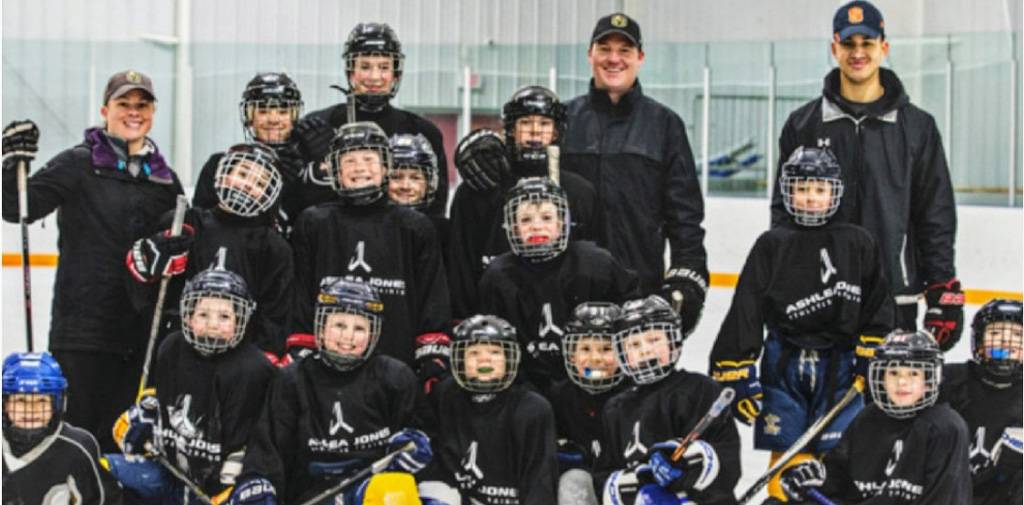
What Is Fun-Only Training?
- Small-area games that feel more like playing than practicing
- Creative activities that keep players engaged and moving
- Less structure with more freedom to experiment
- Focus on participation rather than performance
While fun-based training keeps kids engaged, it may not provide the systematic skill development needed for long-term improvement.
Age-Appropriate Development Stages
Ages 4-6: Foundation Through Play
At this stage, hockey should feel like organized play. Children learn basic skating, stick handling, and shooting through games and activities. The primary goal is building comfort on ice while developing a love for hockey
Ages 7-9: Skill Introduction
Players can handle more structured activities while still needing plenty of fun elements. Technical skills are introduced through engaging drills that feel like games. This is often called the “golden age” for learning fundamental movements.
Ages 10-12: Technical Development
Players can absorb more technical instruction while maintaining enthusiasm. They begin understanding positional play, system concepts, and more complex skill combinations. The balance shifts toward more technical work while preserving enjoyment.
Ages 13+: Advanced Technical Focus
Older players can handle intensive technical training with less need for purely fun activities. However, maintaining engagement remains important to prevent burnout.
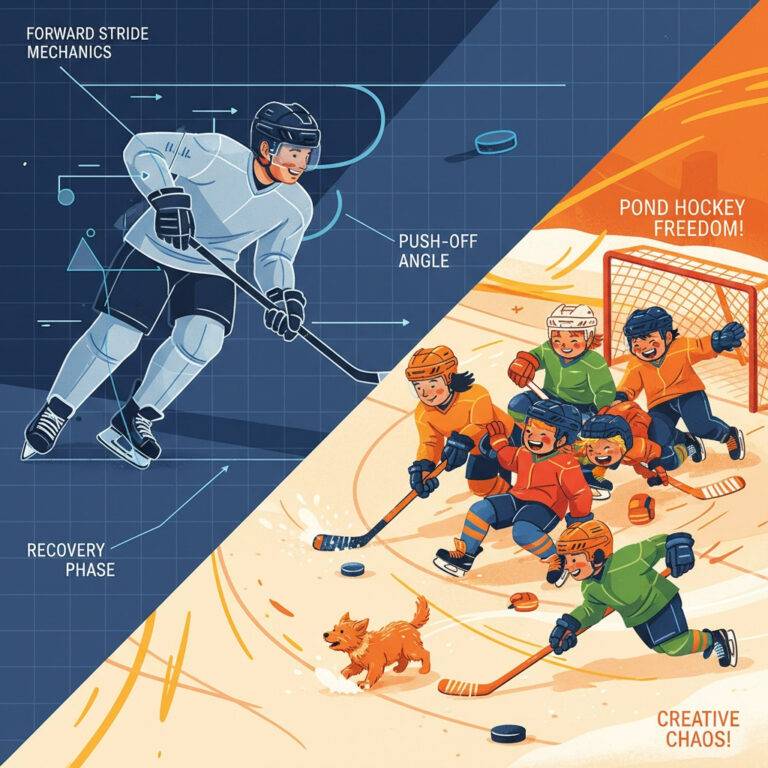
Benefits of Technical Training
Faster Skill Development
Structured technical training accelerates skill acquisition. Players develop proper technique from the beginning, avoiding bad habits that are difficult to correct later.
Safety Improvement
Better skating technique and body control reduce injury risk. Players learn proper checking and positioning, making the game safer for everyone.
Long-term Success
Solid technical foundations support continued development as players advance through higher levels of hockey.
Confidence Building
As skills improve, players gain confidence in their abilities. This confidence translates to better performance and more enjoyment on the ice.
Benefits of Fun-Based Training
Maintains Interest
Fun activities keep young players engaged and excited about hockey. This enthusiasm is crucial for long-term participation in the sport.
Reduces Pressure
Less structured environments allow players to experiment and learn without fear of making mistakes. This reduces performance anxiety.
Develops Creativity
Fun-based training encourages creative problem-solving and innovative play styles. Players learn to adapt and think independently.
Social Development
Game-like activities promote teamwork, communication, and friendship among players.
Finding the Right Balance
The most effective approach combines both technical and fun elements, adjusted for each player’s age and development level.
For Younger Players (Ages 4-8)
- 70% fun activities, 30% technical instruction
- Embed skill development within games
- Keep sessions short and varied
- Focus on basic movements and ice comfort
For Developing Players (Ages 9-12)
- 60% technical training, 40% fun activities
- Introduce more structured drills
- Maintain game-like elements in technical work
- Begin systematic skill progression
For Advanced Players (Ages 13+)
- 80% technical training, 20% fun activities
- Focus on skill refinement and game application
- Include competitive elements
- Prepare for higher levels of play
Choosing the Right Program
When evaluating hockey programs, consider these factors:
Coach Qualifications
Look for coaches with proper certification and experience working with your child’s age group. Good coaches understand how to balance technical instruction with age-appropriate fun.
Program Philosophy
Ask about the program’s approach to skill development versus fun. The best programs clearly articulate how they balance both elements.
Practice Structure
Observe a practice to see the balance of activities. Effective sessions include warm-up games, technical skill work, and scrimmage time.
Player Development Focus
Programs should emphasize individual improvement over winning at younger ages. Long-term development requires patience and proper progression.
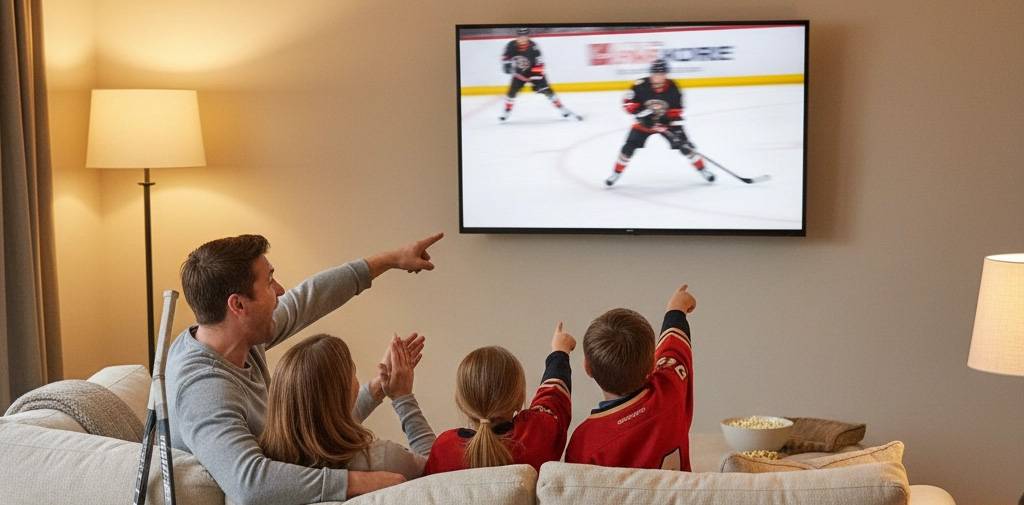
Practical Tips for Parents
Support the Process
Trust your child’s coaches and avoid coaching from the sidelines. Let players make mistakes and learn from them without interference.
Focus on Effort
Praise your child’s effort and improvement rather than just performance. This builds intrinsic motivation and resilience.
Communicate with Coaches
Ask coaches about your child’s development and areas for improvement. Most coaches appreciate engaged parents who support the program.
Practice at Home
Encourage skill development through backyard practice, road hockey, or stick handling in the basement. Make it fun and pressure-free.
Watch Hockey Together
Viewing games helps children understand strategy and see skills in action. Discuss what you observe to build hockey IQ.
Red Flags to Avoid
All Technical, No Fun
Programs that focus solely on drills without engaging activities often lose young players’ interest and can lead to burnout.
All Fun, No Development
While enjoyment is important, programs that avoid technical instruction limit players’ long-term potential.
One-Size-Fits-All Approach
Effective programs recognize that children develop at different rates and adjust instruction accordingly.
Overemphasis on Winning
Youth hockey programs focused primarily on winning often sacrifice proper development and player enjoyment.
Making the Decision
The right balance of technical and fun training depends on your child’s age, skill level, goals, and personality. Some children thrive with more structure, while others need more play-based learning.
Consider your child’s feedback about their experiences. Are they excited to go to practice? Are they improving their skills? Do they still love playing hockey?
Remember that hockey development is a long-term process. The goal is raising skilled players who love the game, whether they play recreationally or pursue competitive hockey.
At Ashlea Jones Athletes in Training, we understand this balance. Our private hockey training sessions combine technical skill development with engaging activities appropriate for each player’s development stage.
The best hockey training programs recognize that technical excellence and enjoyment work together, not against each other. By choosing programs that balance both elements appropriately for your child’s age and goals, you’re setting them up for a lifetime of hockey success and enjoyment.


